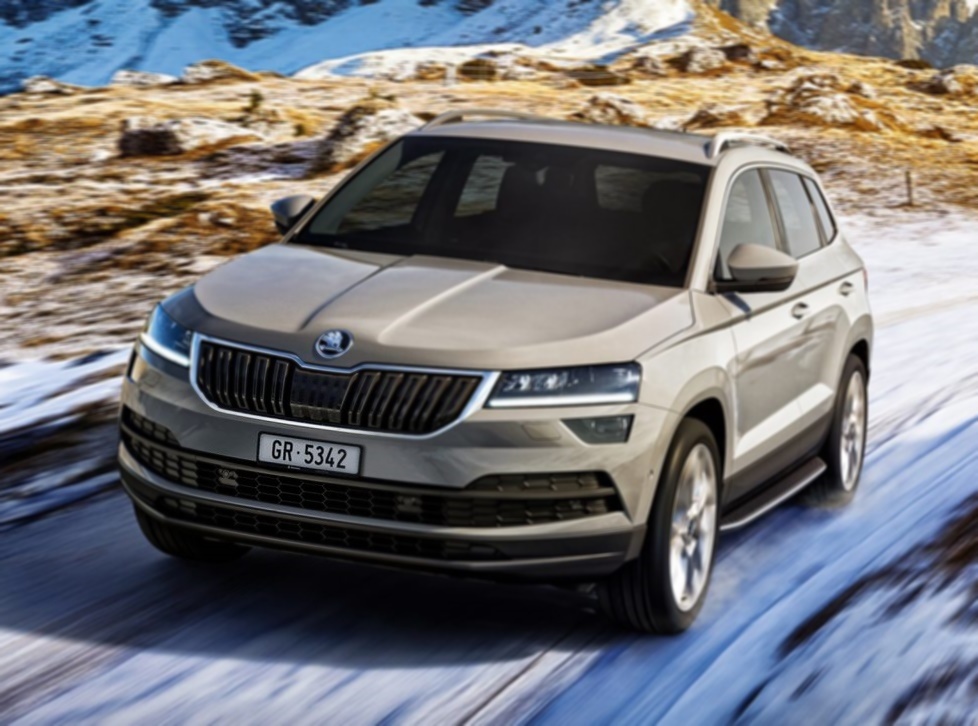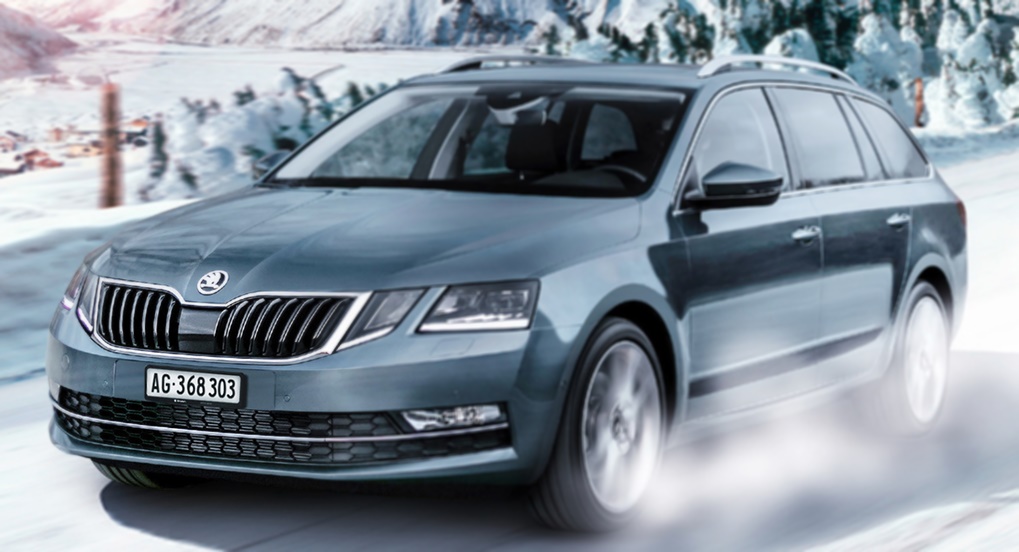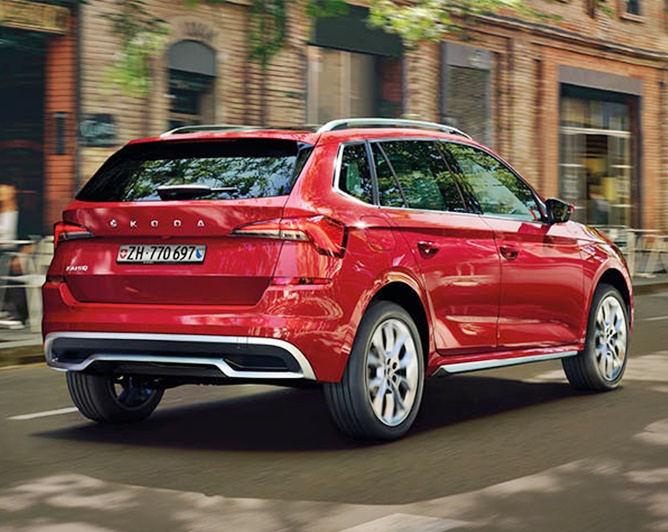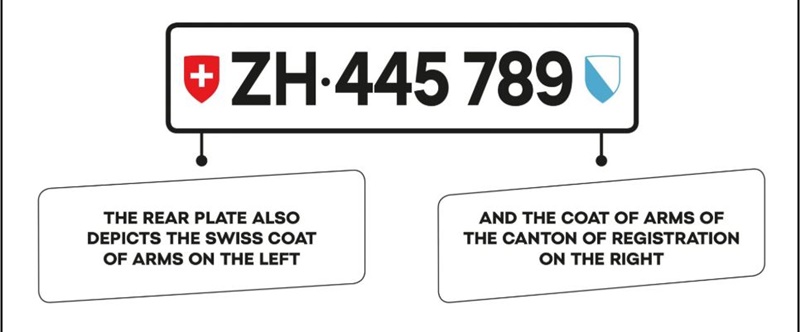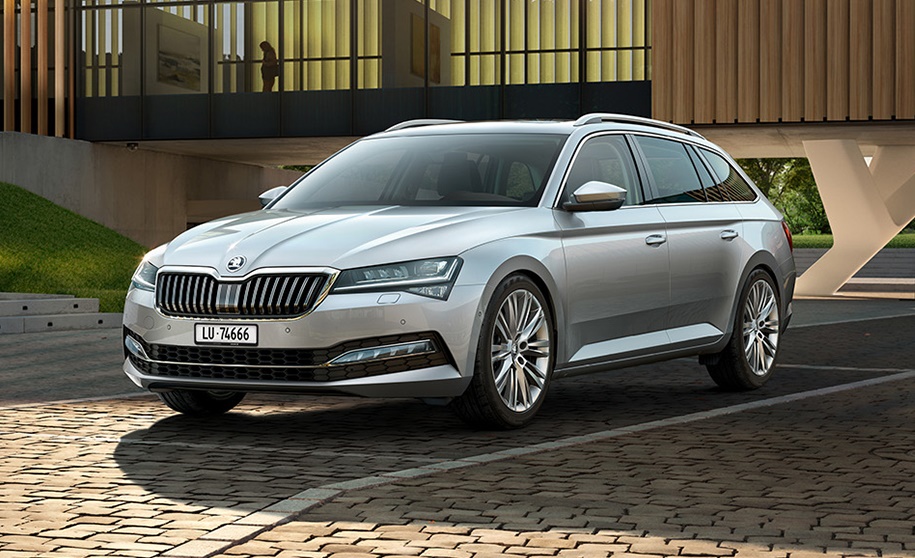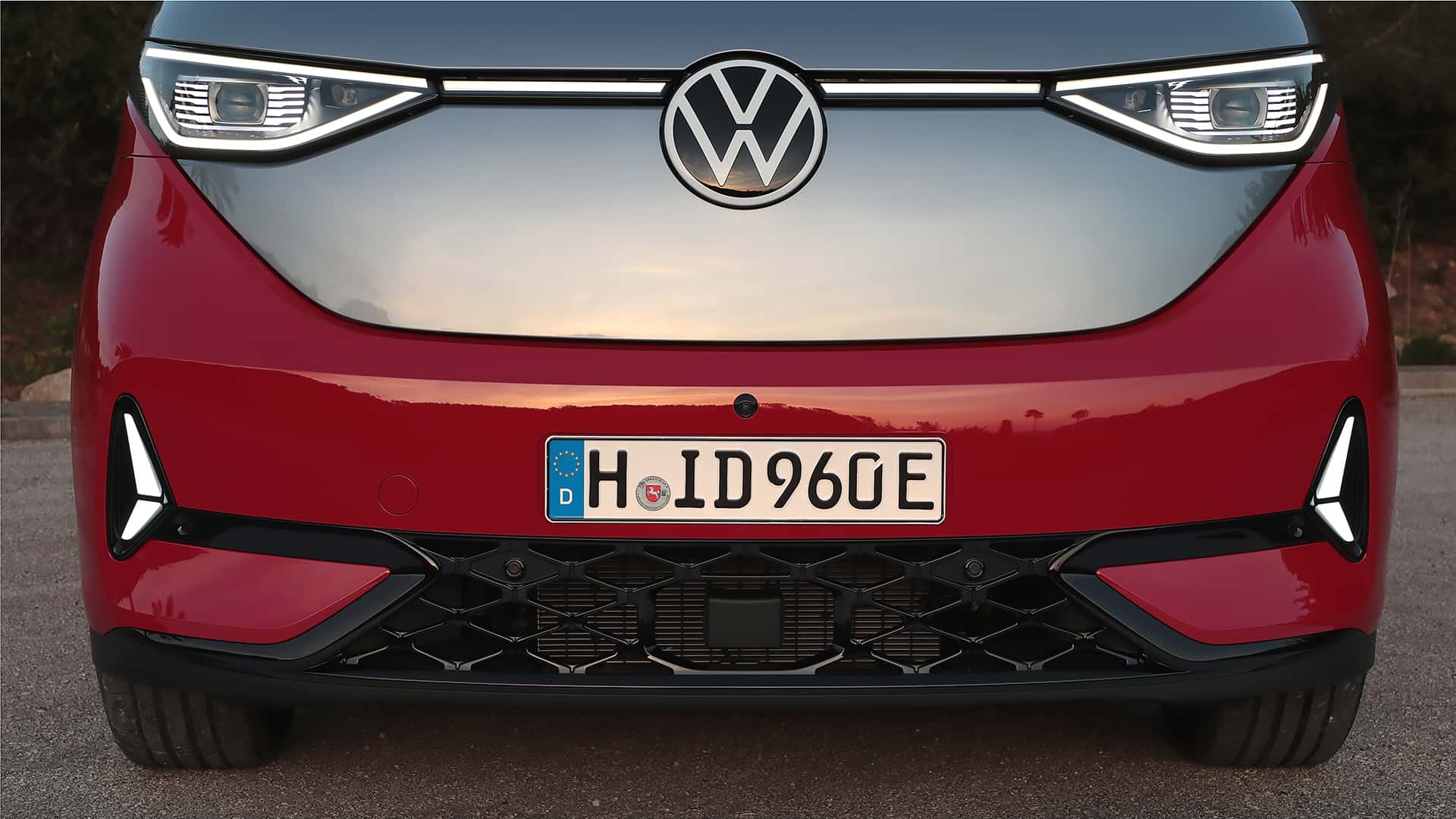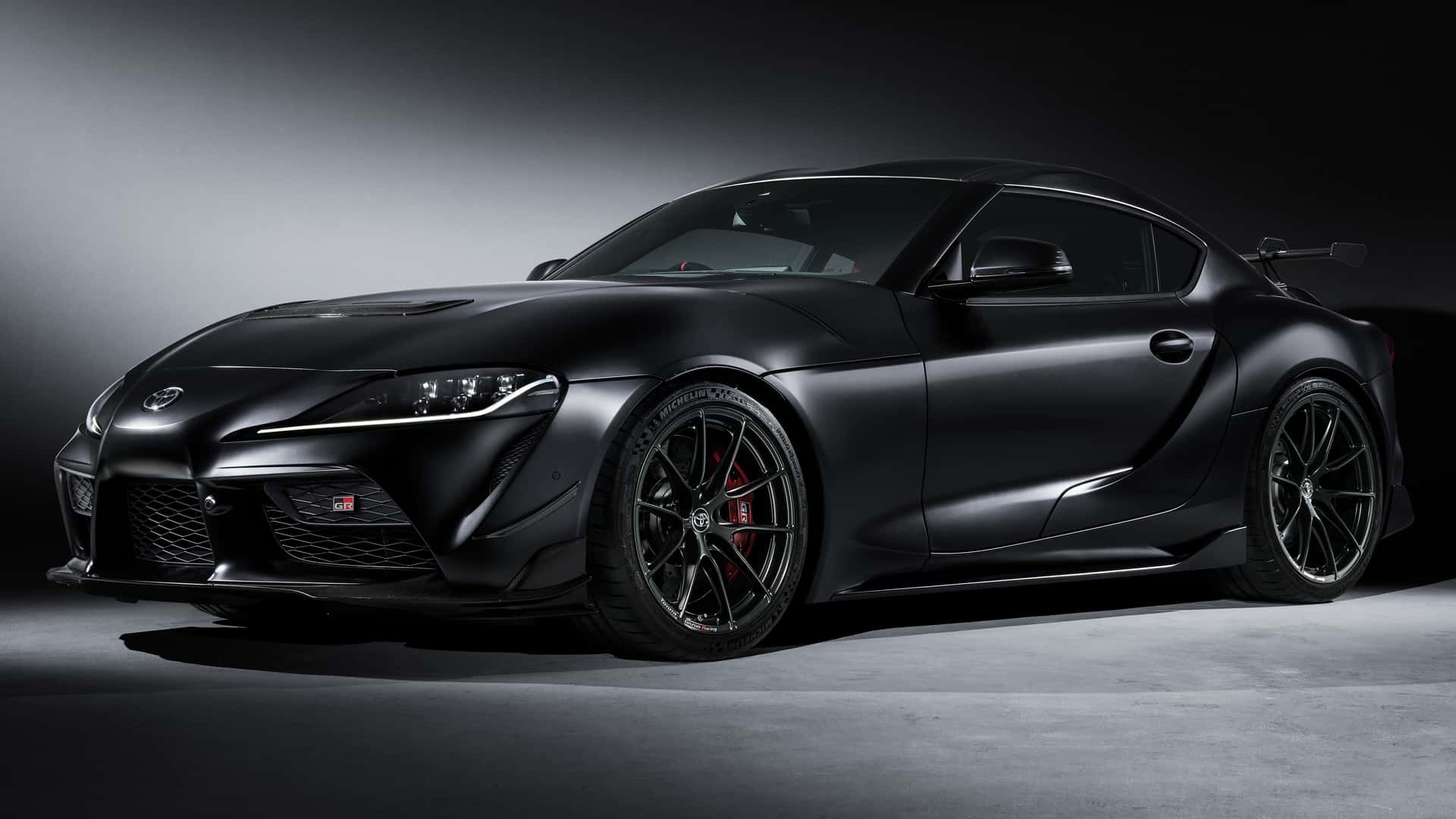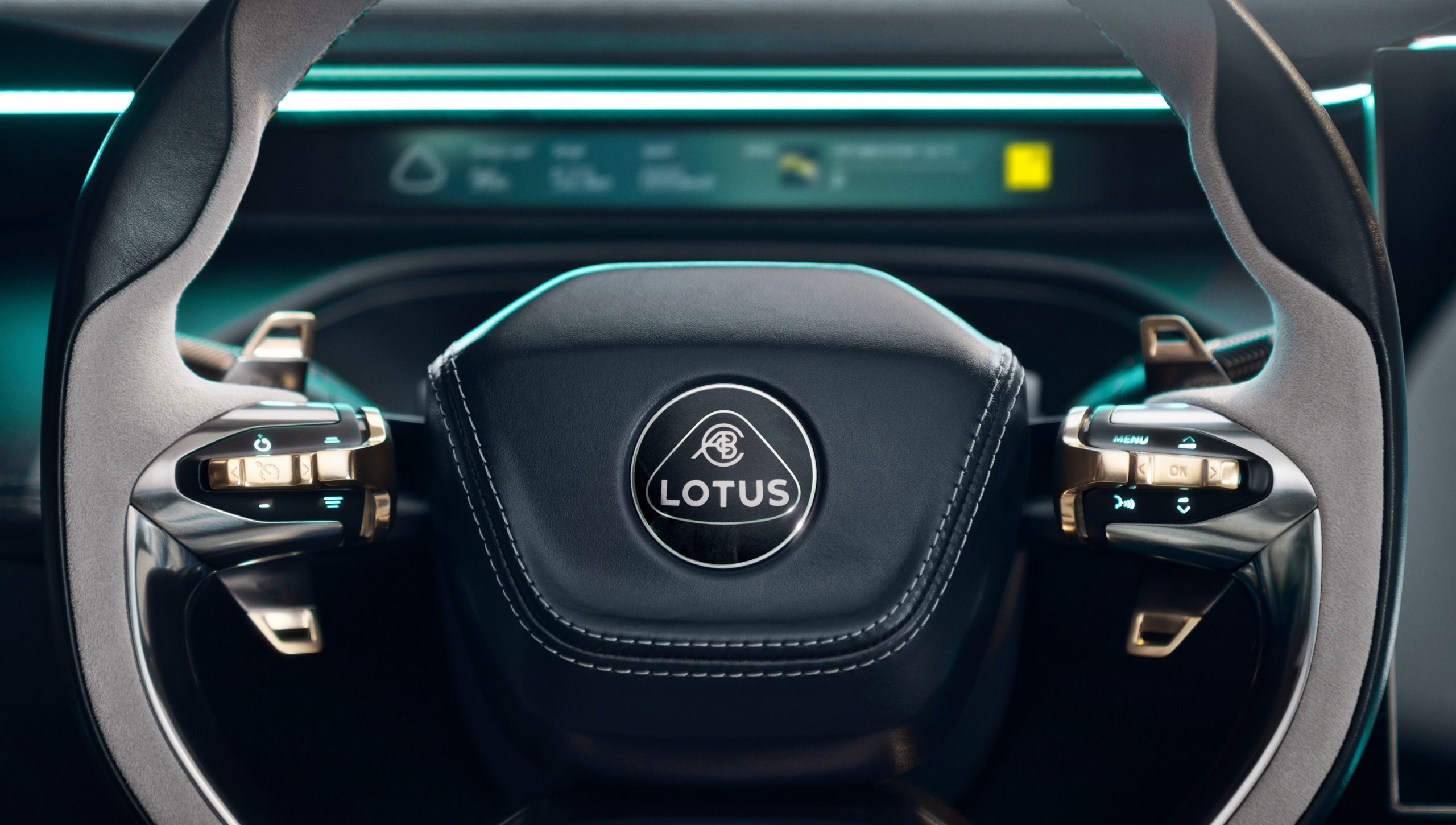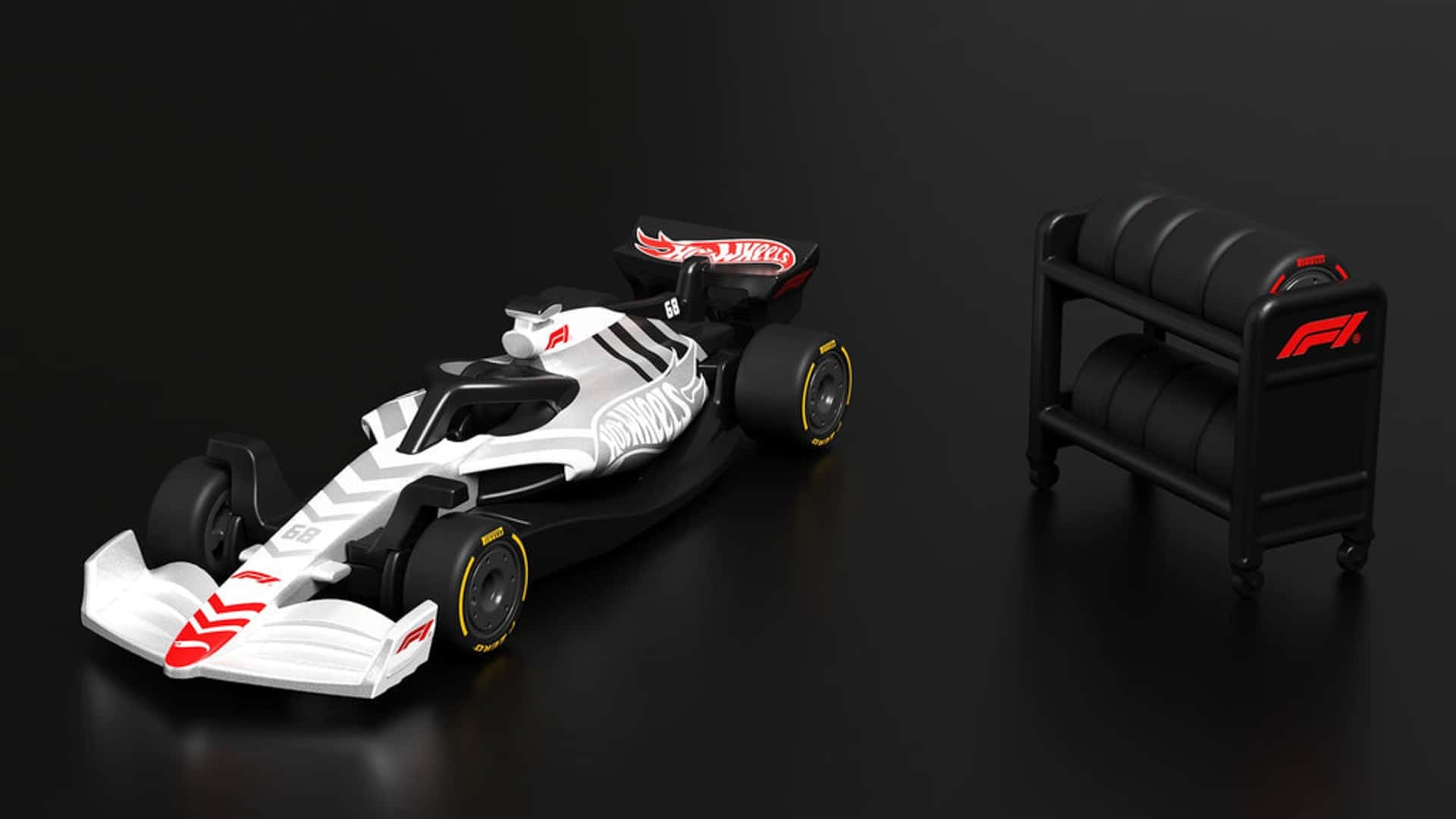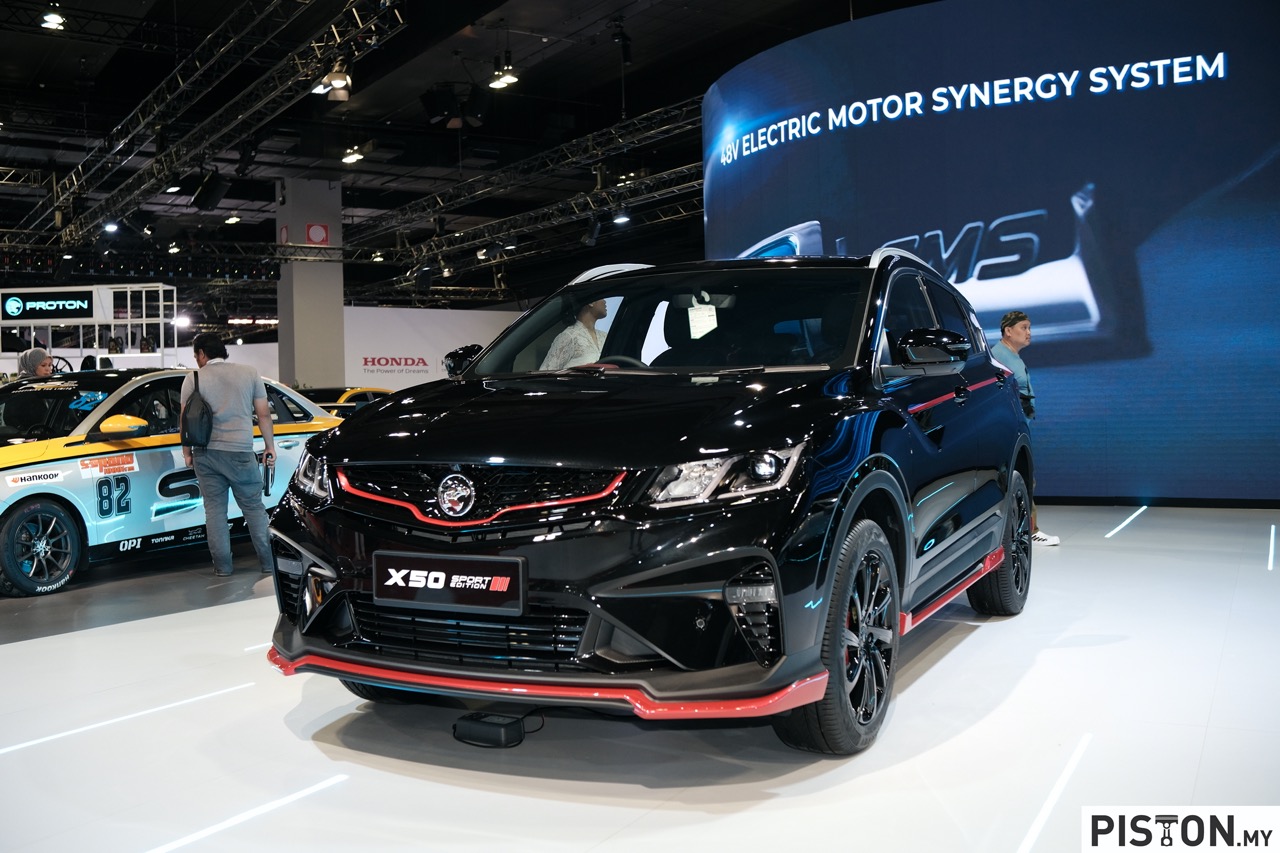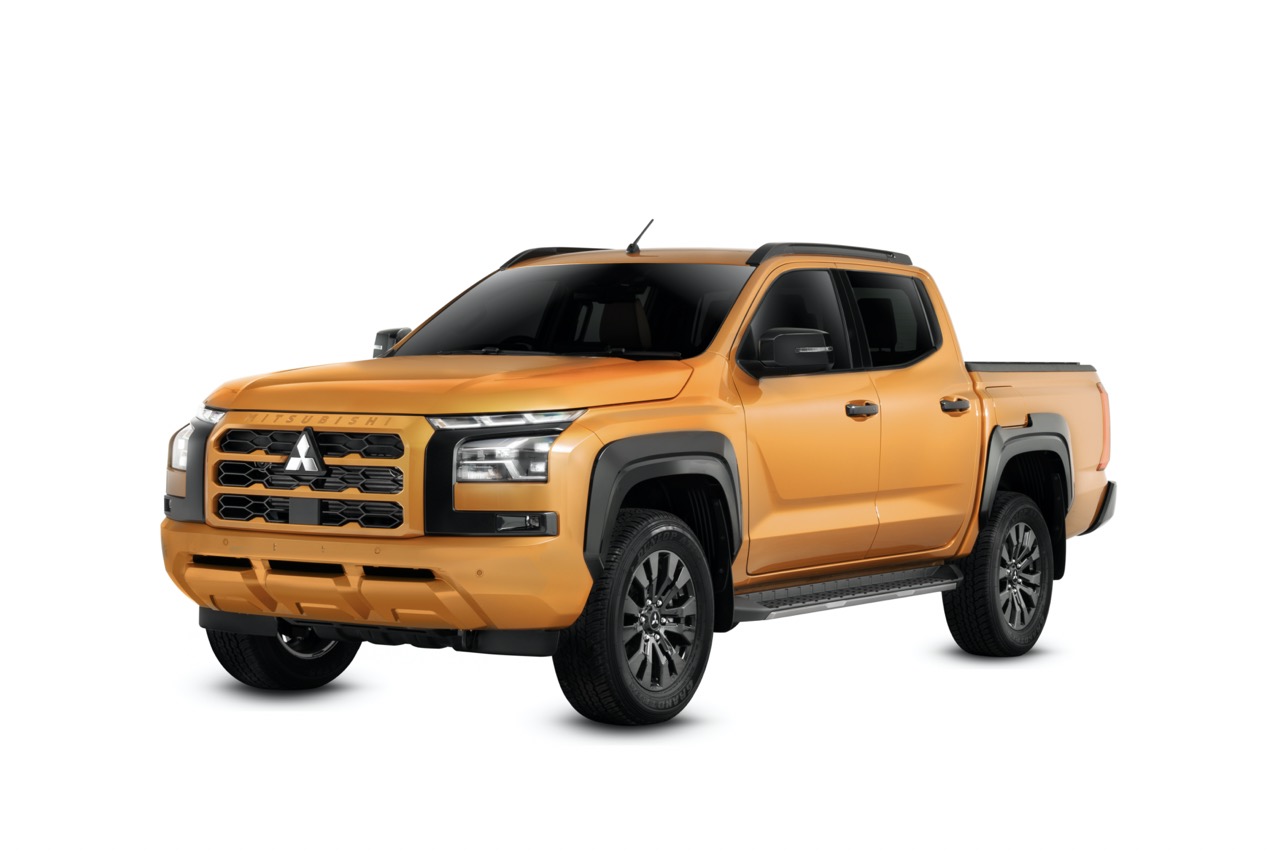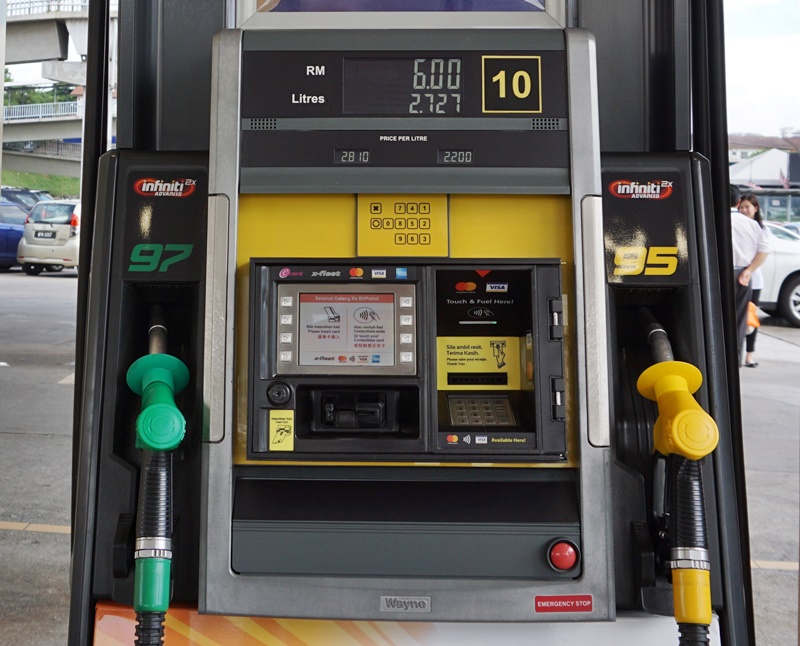Switzerland, the land of fine watches and chocolates, has the international code of ‘CH’. Many people have wondered why it is not something like ‘SW’ or ‘SZ’ (which are already taken by Sweden and Swaziland anyway). The answer is that ‘CH’ is the abbreviation of the Latin name for the Swiss Confederation, ‘Confoederatio Helvetica’.
You will also see ‘CH’ at the back of all Swiss vehicles when they go abroad (and on some vehicles in Malaysia that have never left the country). Switzerland has kept to a traditional sticker because (at least for the time being) Swiss numberplates have not integrated the international code. This could change because there is a citizens’ initiative in Switzerland that is aiming to have a referendum to decide on this issue.
A 125-year history
The history of registration numbers in Switzerland goes way back to 1894 when the canton (something like a state) of Basel-Stadt passed a regulation requiring all motorised vehicles to be fitted with a numberplate. The authorities were certainly far-sighted as there can’t have been very many motorised vehicles then since the first car in the world appeared only 9 years earlier. Over time, this regulation was also adopted in other cantons so that, by 1905, it applied throughout Switzerland.
The current system of registration numbers in Switzerland was introduced in 1933, meaning that it has remained unchanged for 86 years. However, in the most populous cantons, the maximum number of possible combinations will soon be reached, so this system may well have to be reformed in the near future.
Reading the numberplates
Swiss registration numbers comprise two initial letters, indicating one of the 26 Swiss cantons, followed by up to 6 digits, which are the serial number. The rear plate also depicts the Swiss coat of arms on the left and the coat of arms of the canton of registration on the right. The front number plate is roughly a third smaller than the rear one and it is always rectangular. The rear plate may be rectangular or square, whichever the owner wishes.
Tied to owner, not vehicle
In the Swiss system, the registration number is not tied to the vehicle but to the owner. This allows it to be used not just for one vehicle but it can be alternated for use on two cars! Registration numbers can also be transferred from parents to their children, treated as family heritage. The older the plate, the lower the number and, as in the UK, for example, the more prestigious it is.
The similarity with the British system does not end there. In Switzerland, retired numberplates are also for sale. However, the individual cantons who determine which ones will be offered for sale. Registration numbers are auctioned, with the most prestigious ones attracting high bids. According to Skoda’s research, the most expensive plate to date is ZG 10, which fetched 233,000 francs (equivalent to about RM988,720) which was auctioned in 2018.
Besides traditional numberplates, there are also special plates on certain types of vehicles, recognisable by their different colour scheme. The letters and digits tend to be black, but the background colour changes. For example, a numberplate with a blue background indicates a construction vehicle or fire-brigade vehicles, while a green background is used for agricultural machinery. Only military plates have non-black letters and digits; they have white lettering on a black background and the number starts with the letter M rather than the canton code.




